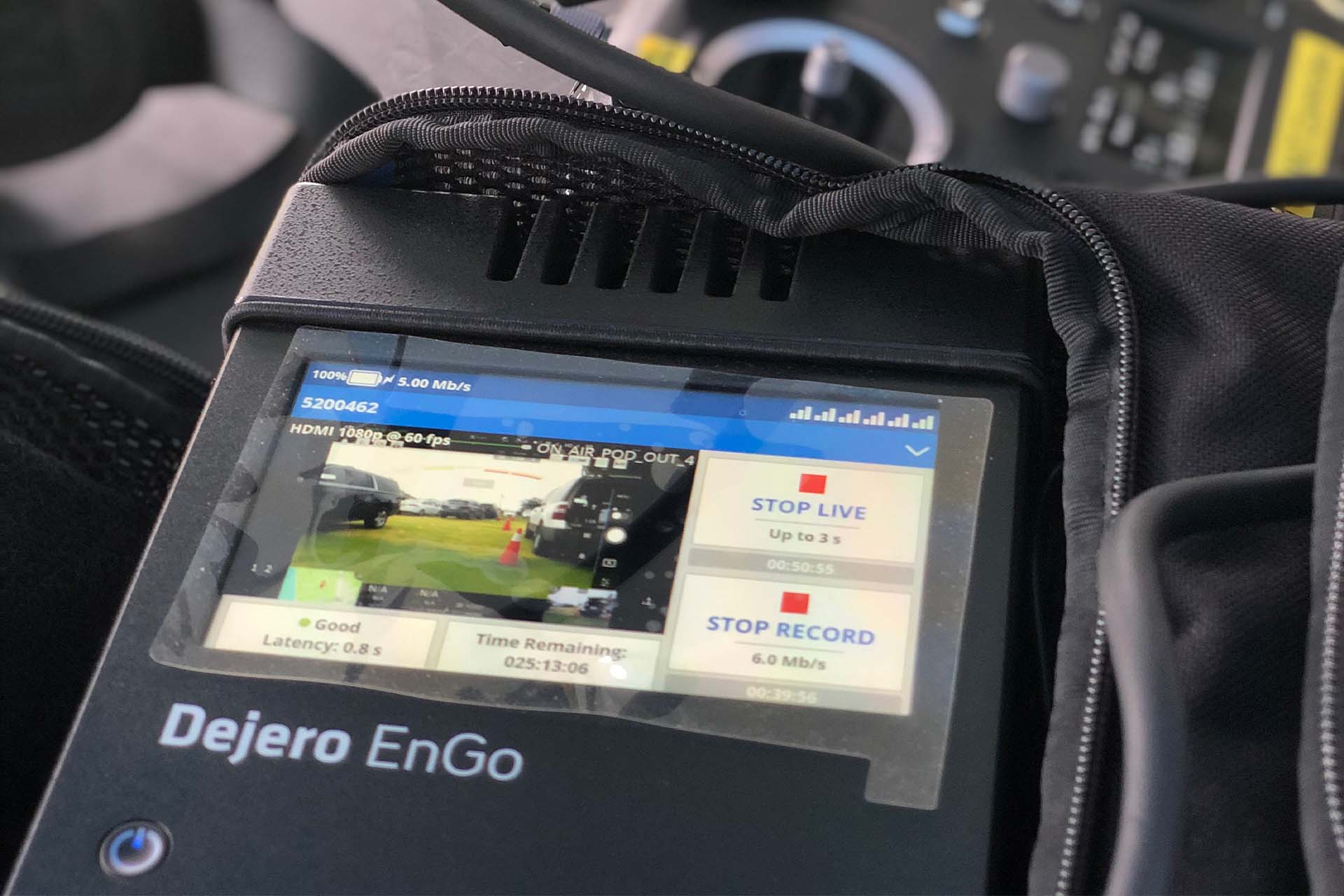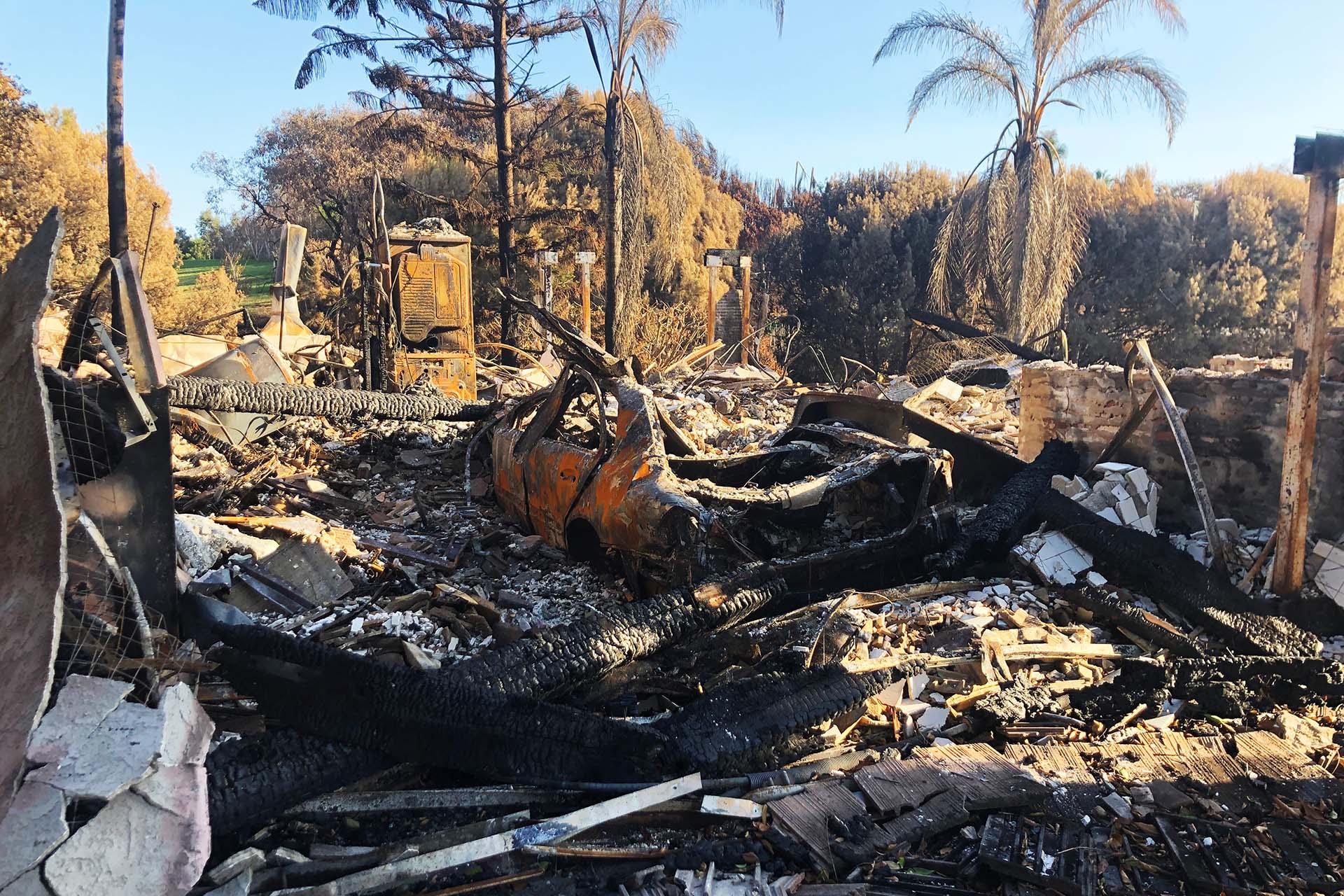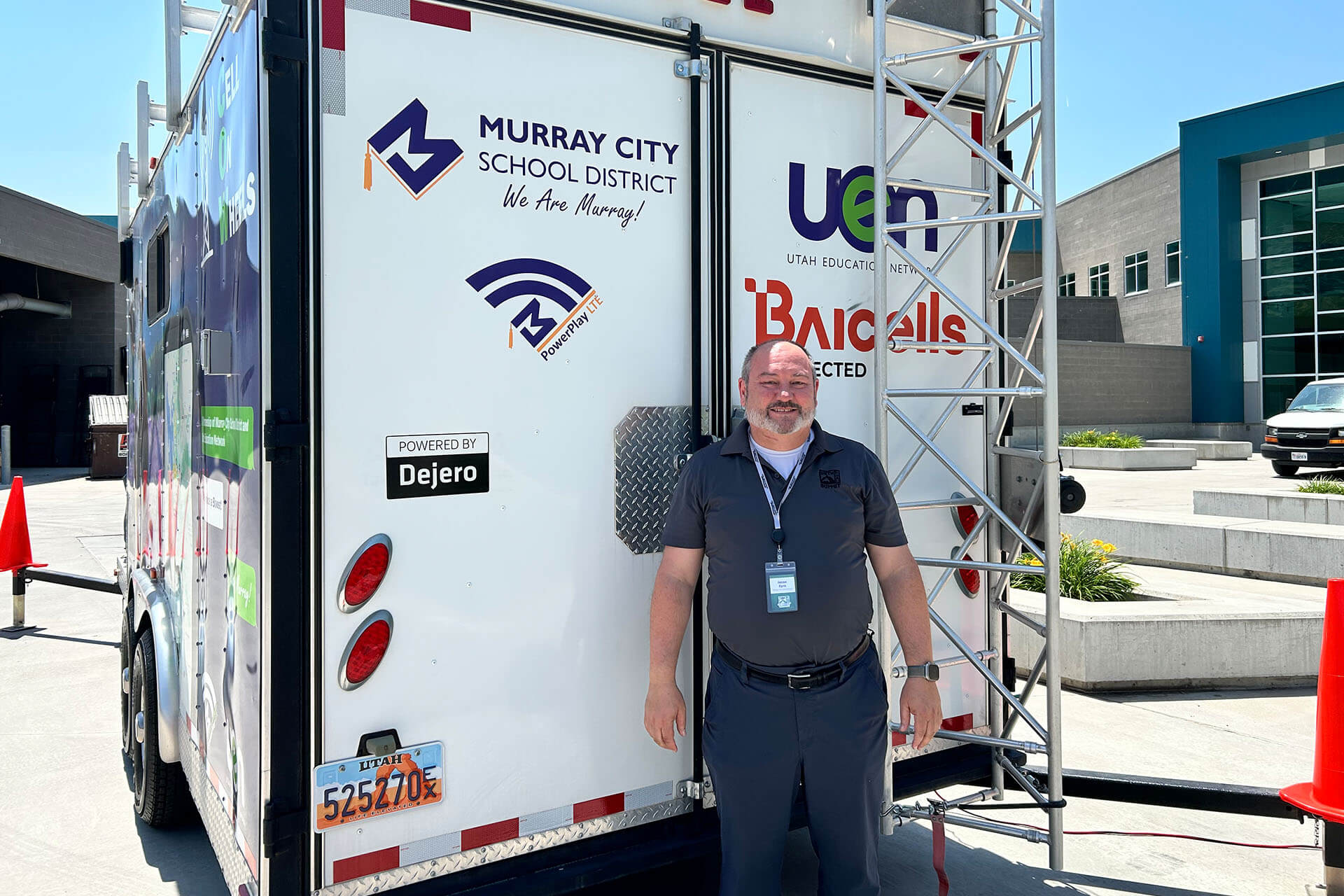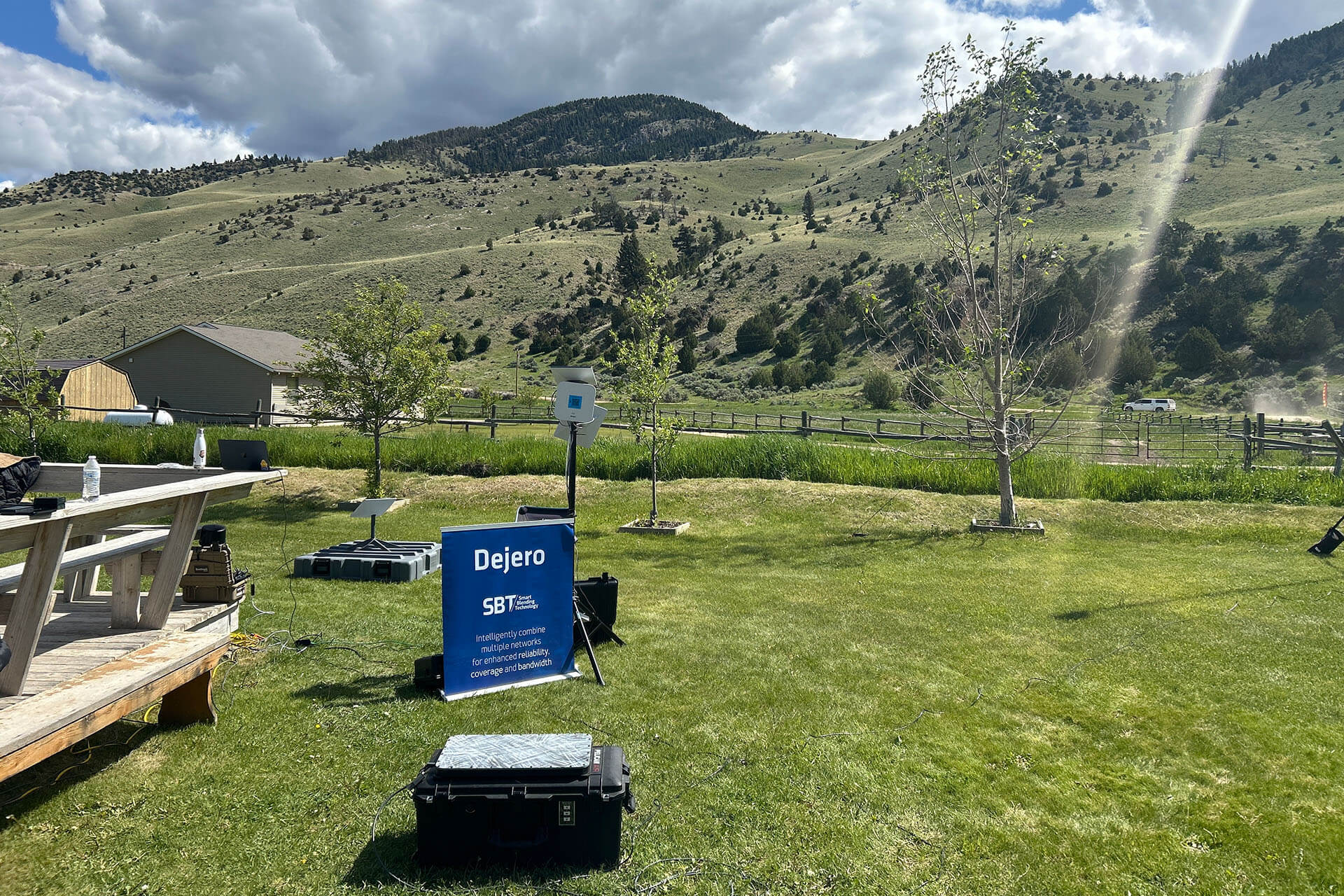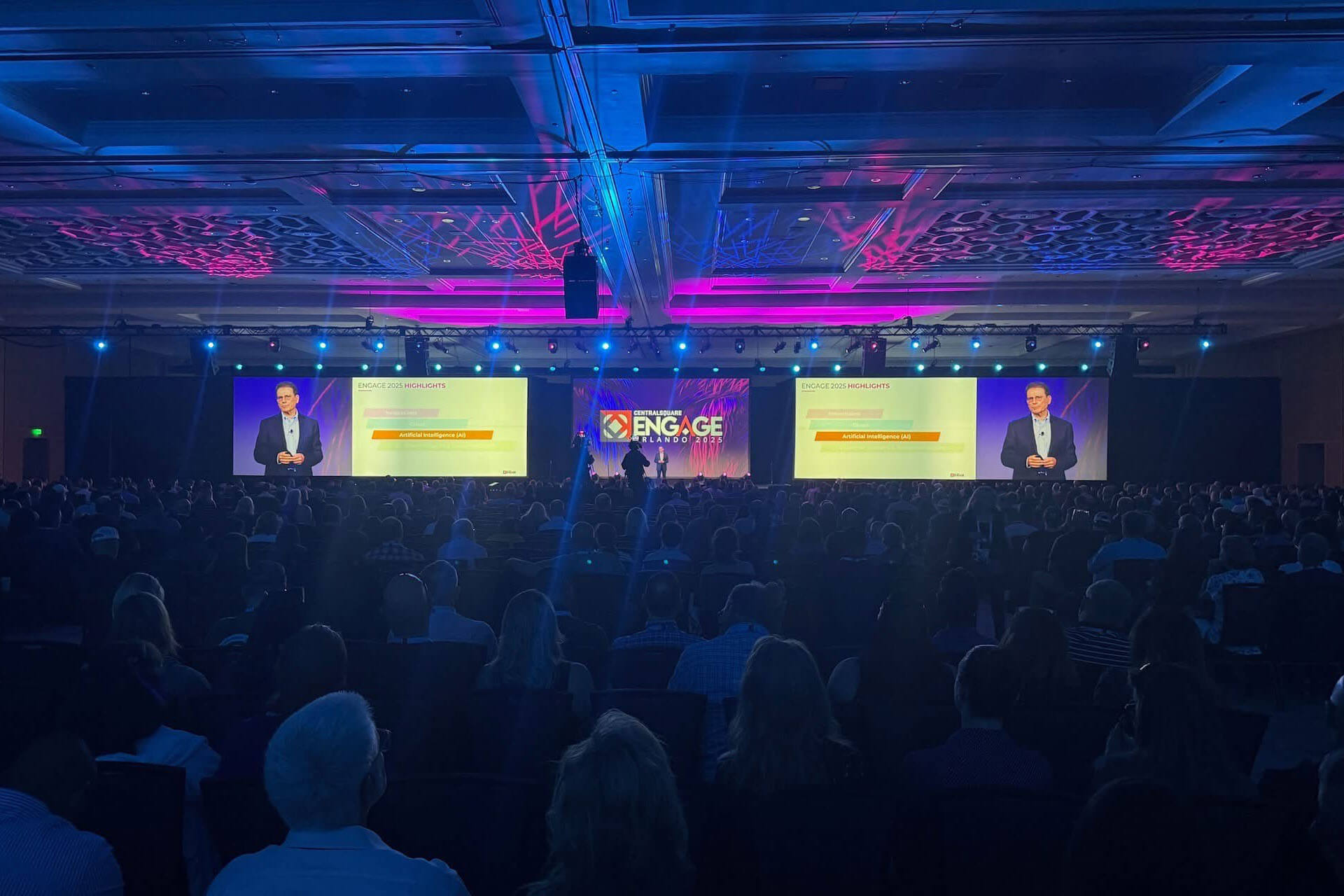In Maui, Hawaii, devastating wildfires are still raging where hundreds of people have been affected and displaced, losing their homes, businesses and loved ones. The west side of the island has been affected the most: Lahaina, Kaanapali, Napili, and Kapalua, where power and fiber damage caused by the fires have resulted in a degradation in network services.
Lives and livelihood depend on the ability to communicate. Local people and their businesses rely on these networks for internet and mobile connectivity in their everyday lives; and the first responders and emergency management teams who protect them when such a disaster strikes, have an even more acute need for reliable connectivity to be able to run the response and recovery operations.
Dejero is assisting the State of Hawaii by delivering reliable, mission-critical connectivity, helping with humanitarian aid while communication lines are down. Alongside our partner, industry leading connectivity provider IP Access International, we’re supplying a Dejero GateWay M6E6 network aggregation kit and a Starlink terminal.
"The devastation in Hawaii is heartbreaking and doing nothing is not an option,” said Michael Stanton, Director of Americas at Dejero. “We are helping out in the best way Dejero can - delivering critical connectivity when it is needed most. People are anxious to speak with loved ones and delivering reliable internet will allow for important communications.”
The GateWay device augments Starlink's capacity by blending its offering with multiple wired and wireless IP connections. This means the State of Hawaii can achieve enhanced reliability, expanded coverage, and greater bandwidth when it comes to real-time video and data, aiding search and rescue efforts in incredibly tough conditions - despite the fluctuating service gaps that the region is experiencing. This is made possible because Starlink increases the satellite connectivity footprint; its constellation of thousands of satellites orbit the planet much closer to Earth than traditional satellites, at about 550 km, and cover the entire globe. Because Starlink satellites are in a low orbit, latency is significantly lower—around 25 ms vs 600+ ms - enabling critical communication in disaster situations.
Prioritizing connectivity restoration
In Hawaii right now, it is also absolutely critical that the public LTE network is a repair-priority. Key elements of a disaster plan rely on publicly available communication as a backbone to recovery:
- Restoring a safe environment
- Rebuilding and upgrading physical infrastructure
- Safeguarding lives and livelihoods
- Strengthening governance and civil society
Relying on a single connection for situational awareness, critical communications, and emergency response leaves emergency response teams and residents vulnerable. Dejero Smart Blending Technology aggregates multiple wired (broadband/fiber) and wireless (3G/4G/5G, Wi-Fi, satellite) IP connections into a single service for uninterrupted, mission-critical connectivity.
When it’s possible to tap into more than one provider of these network services, it automatically increases the amount of resources that can be devoted to rebuilding. And, when the power of Dejero Smart Blending Technology is harnessed, it speeds up the success of basic communication and hastens recovery.
Harnessing the power of connectivity
One of Hawaii’s utility companies is thinking outside of the box when it comes to recovering infrastructure across the state. Also tapping into Dejero’s network aggregation solution, the company is able to access uninterrupted network connectivity using GateWay 211 devices, with built-in Smart Blending Technology, installed in fifty of its vehicles deployed across Oahu, Maui and the Big Island. The GateWay devices, installed in each of these vehicles, are equipped with FirstNet® certified SIMs so that utility restoration teams can access real time data to help them make better-informed decisions and respond more quickly.
Being ready for anything
The Dejero GateWay 211 supports access to the physically separate and dedicated network core, enabling FirstNet First Priority® capabilities – always-on priority and, for first responders, pre-emption – as well as the FirstNet Band 14 spectrum. These devices combined with FirstNet services provide the necessary critical connectivity in a reliable, highly secure and cost-effective manner, delivering reliable wireless connectivity for applications such as voice, video, and data communication while in nomadic or mobile environments, as well as adding wireless connectivity to fixed locations.
"As part of public safety’s dedicated FirstNet fleet, we have deployable network assets stationed year-round in Hawai‘i. These assets are available 24/7 – for no additional charge – at the request of public safety agencies on FirstNet. No other carrier has portable cell sites dedicated solely and exclusively to public safety. And having 1 of these assets housed on Maui has been essential to expediently restoring first responders’ critical communications where they need it most. Currently, a portable FirstNet cell site is providing first responders in Lahaina with dedicated connectivity on Band 14 (high-quality spectrum set aside by the federal government specifically for FirstNet)."
source: https://about.att.com/blogs/2023/firstnet-maui-wildfires.html
As proven by the Hawaiian utility company, reliable connectivity is crucial when it comes to restoring a safe environment during and in the aftermath of a disaster. It also speeds the rebuilding and upgrading of physical infrastructure, enabling teams to prioritize and identify the most dangerous of areas and ultimately safeguard lives and livelihoods. Communication is also key, in the longer-term, to accelerating resilient economic growth which in turn strengthens governance and civil society.
Whatever your organization's role is in a disaster situation, be prepared for your community’s response and recovery with Dejero.


